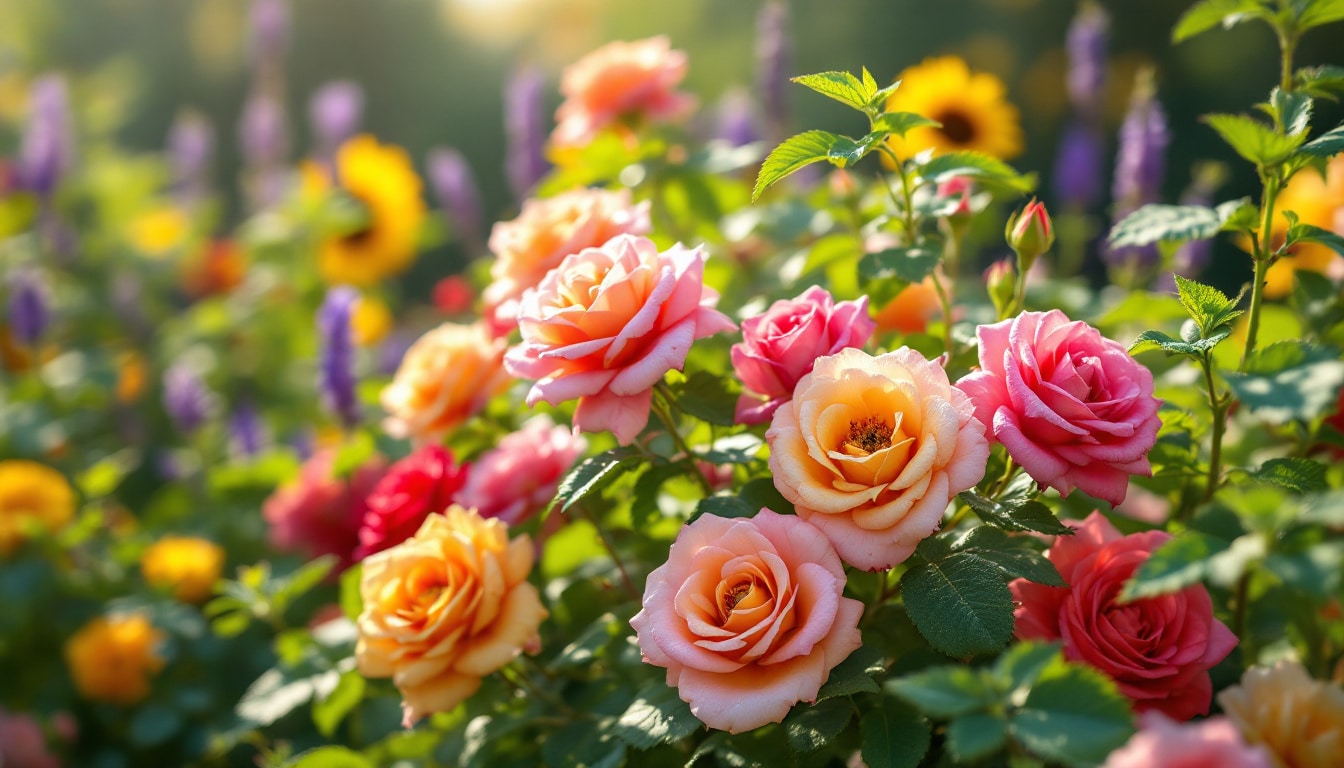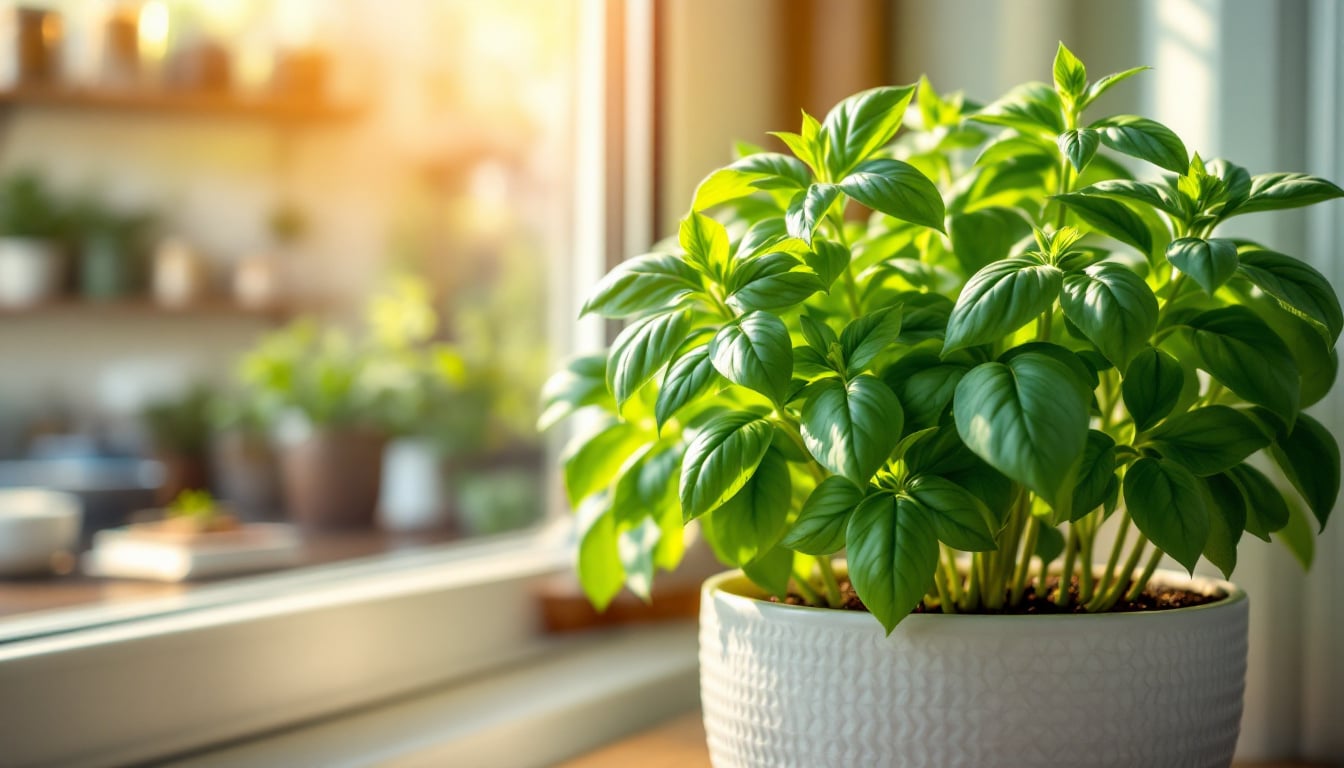Are your roses feeling down in the dumps? A sad rose bush doesn’t have to mean the end of beautiful blooms! In fact, with the right care and attention, you can revive those lackluster plants and ensure they flourish all summer long. From identifying the cause of their distress to implementing fixes in watering, soil quality, and sunlight exposure, there’s a treasure trove of gardening tips that will breathe life back into your sad roses. Let’s roll up our sleeves and get to work!
Highlights
- Check the water routine to avoid over or under-watering 🌧️🌞
- Evaluate soil quality and fertilization needs 🌱🌼
- Inspect for pests and treat diseases 🐛🌿
- Prune wisely to encourage new growth ✂️🌹
- Find the perfect sunny spot for optimal growth ☀️🌻
Did you know that roses are not just beautiful flowers, but they also possess a unique quality of blooming in cycles throughout the summer with the right care?
Understanding Your Rose’s Distress
The first step in reviving a sad rose bush is to understand why it’s drooping. Common culprits include improper watering, nutrient deficiencies, or even sunlight issues. Take stock of your rose’s environment and habits. Are the leaves yellowing? Is the plant wilting? These are signs your roses may be suffering from improper care.
Watering Wisely
Watering is critical for the health of your roses. Under-watering can leave your plants parched, while overwatering may lead to root rot. Aim to provide a deep soak 2-3 times a week, depending on the weather. Test the soil by inserting your finger a couple of inches deep; if it feels dry, it’s time for a drink! The goal is to keep the moisture consistent without letting the roots sit in soggy soil.
Soil and Fertilization
Next, evaluate your soil quality. Roses thrive in well-draining, loamy soil with a slightly acidic pH level. You may want to conduct a soil test to assess its nutrient levels. If soil quality is lacking, consider enriching it with compost or aged manure, which adds necessary nutrients.
Compost like a pro: turning kitchen scraps into garden gold
When it comes to fertilization, balance is key. A well-fertilized rose is happier and healthier, but too much fertilizer can cause leaf burn. Aim to fertilize your roses early in the growing season and again mid-summer. A balanced fertilizer specifically formulated for roses works wonders!
Spotting and Treating Pests and Diseases
Roses can attract a range of garden pests, such as aphids and spider mites. Keep an eye out for discoloration, holes in leaves, or a general lack of vigor—these may indicate pest infestations. Regular inspection is essential to nipping these problems in the bud. Utilize organic pest control methods whenever possible, such as neem oil or insecticidal soap, to help revive your rose’s health without harsh chemicals.
| Condition | Treatment |
|---|---|
| Under-watering | Deep soak, 2-3 times/week |
| Over-watering | Allow soil to dry out |
| Pest Infestation | Neem oil application |
| Nutrient Deficiency | Organic compost amendment |
| Sunlight Issues | Relocate to sunnier spot |
| Fungal Disease | Prune affected areas |
Pruning for Prosperity
Don’t underestimate the power of pruning. Regularly removing dead or diseased wood encourages new growth. Cut back on spent blooms and thin out crowded areas of the bush to improve airflow. A healthy rose bush should have an open center, allowing light and air to circulate freely.
Ensuring Optimal Sunlight
Roses thrive on sunlight, so ensure they’re getting at least 6-8 hours of direct light daily. If your roses aren’t getting enough sun, they’ll likely bloom less, making them more susceptible to pests and disease. Be mindful of their location, especially in hot climates where too much intense sun can scorch the leaves. An ideal mix of sunlight and slight afternoon shade can keep your roses happy and thriving!
Your beautiful rose bush doesn’t have to remain sad and wilted. By paying attention to watering, soil quality, pest control, and sunlight exposure, you can steer them towards a blooming summer. With some loving care and attention, those roses will dazzle you with vibrant colors and delightful scents!
Take some time to explore more articles on garden inspiration and don’t forget to share your gardening experiences with others. Your blossoms could be the key to unlocking someone else’s garden treasure!





